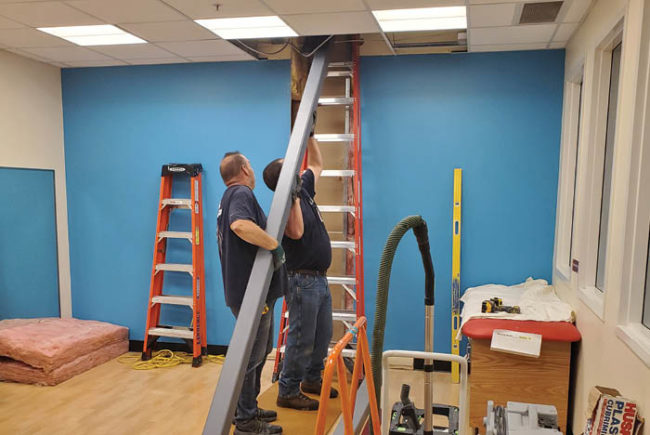At the conclusion of 2010, AHE wrote about the importance of defining front-line staff competencies as a means of ensuring the work is being done correctly. What we didn't talk about is a well-defined body of knowledge for managers of the environment and/or environmental services.
Well-seasoned managers are familiar with the rigorous position requirements. However, as the veterans begin thinking about retirement or moving on to other roles, what happens to the job? Is there a succession plan? Is the requisite knowledge well-defined in human resources (HR) as a combination of education, experience and other credentials? Is the position accepted as a key player in quality and patient safety or will the job be offered by default to an employee with the longest tenure and good staff relationships but lacking in skills?
As professionals we need to ensure that those who carry the torch after us are well-prepared to assume management of the department that is:
- Responsible for patient and guest first impressions of a facility's appearance;
- The front line of health care-associated infection prevention;
- Leading a staff that can and will dramatically affect Hospital Consumer Assessment of Healthcare Providers and Systems scores;
- Responsible for hazardous, pharmaceutical and regulated medical waste;
- Instrumental in selecting interior finishes that require long-term maintenance with a significant life cycle;
- Managing an internal department or an outsource firm that processes and supplies patient linens, including surgical textiles.
There are many ways to make sure leaders caring for the health environment are prepared to carry the torch. Work with your HR department now to establish the right mix of requirements that will suit your organization.
At a minimum, carrying the American Hospital Association's Certified Healthcare Environmental Services Professional (CHESP) designation should be a requirement. The CHESP designation demonstrates that the professional has a combination of education and experience and has challenged a psychometrically balanced content outline and exam developed in concert with other professionals already doing the work from all regions of the country.
Delivering high-quality care requires highly qualified people. If you are not yet certified, we urge you to consider this step in your career. If you are certified, encourage others to do likewise.
Please visit www.aha.org/aha/Certification-Center/index.html for more about this essential program.
| Sidebar - AHE insight |
| Valuable resources • Recommended Practice Series: Integrated Pest Management. In this first in a series of Recommended Practice documents, certified entomologists from Orkin and Western Pest Services teamed with AHE to offer a complete "how to" guide to implementing and maintaining an effective integrated pest management program in a health care facility. • Contracting: Myths & Realities. This valuable document is now available. This publication will cover everything from outsourcing to management pitfalls. AHE re-released this manual in order to keep environmental services professionals at the top of their game. The reference includes sample surveys, budgets and task lists that will assist in making the best decisions for a health care facility's environmental services department. • Glossary of Healthcare Terms for Environmental Services. This convenient reference tool features hundreds of terms and definitions organized alphabetically, both general and specific to environmental services, housekeeping and textile care. For information on purchasing either of these valuable references, go to https://www.associationstores.org/OA_HTML/ibeCCtpSctDspRte.jsp?section=10160. |




